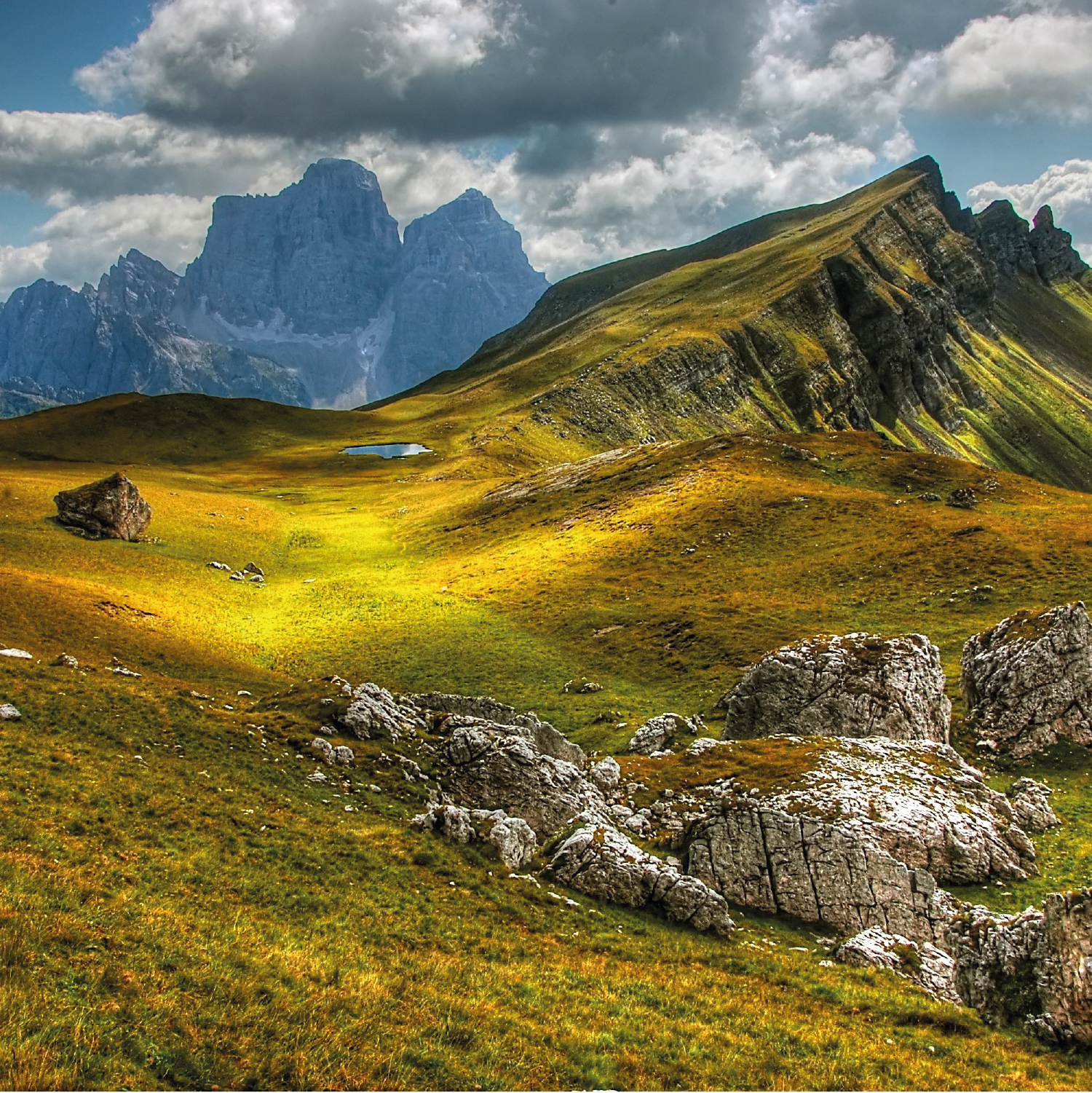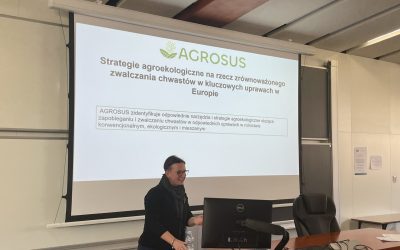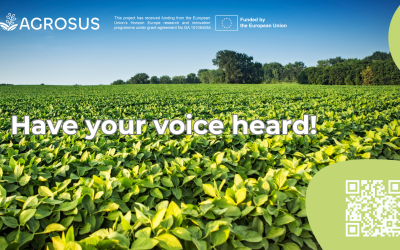Alpine region
The Alpine Biogeographic Region is a biogeographic region, as defined by the European Environment Agency, that covers the mountainous regions of Europe.
The Alpine biogeographic region of Europe includes the Alps in France, Italy, Germany, Austria, Slovenia, Switzerland and Monaco, the Apennines in Italy, the Pyrenees between Spain and France, the Scandes in Sweden, Finland and Norway and the Carpathians in Slovakia, Poland, Romania and Ukraine. The region also includes the Dinaric Alps, Balkans, Rhodopes, Urals and Caucasia.
All the ranges in the Alpine region have high altitude, rugged terrain and a relatively cold and harsh climate. The mountains all have the same zones of vegetation, but further north the low-temperature zones are found lower down. On the lower slopes, there are forests and grasslands. Higher up the montane grasslands give way to scrub heath and then to a few very hardy plants adapted to the rocks and snow of the highest altitudes. The complex topography creates many different microclimates. The Alpine region has about two-thirds of the plants found in Europe, including endemic plants at the higher levels with very limited distribution.

Poland
Partner responsible: Uniwersytet Rolniczy im. Hugona Kollataja W Krakowie (UAK)
Country Leader: Agnieszka Synowiec
Contact: agnieszka.synowiec@urk.edu.pl
Experimental unit
The field is situated in the southern part of Poland in a community called Czyrna Niżna (N 49°25’39; E20°58’39;). It is located in the western region of the Low Beskidy Mountains and is approximately 8 km away from Krynica-Zdrój, a town known for its mineral springs. The farm has approximately 5 hectares of area in total. The field has an 11.6 to 16.6% incline between contour lines 530-570 m above sea level. The soil is classified as an Endoeutric Stagnosol (Siltic, Endoskeletic), according to WRB FAO 2015. The mean temperature for a multiyear period of 1961-1990, from January to December, is 6.1°C, ranging from 8.6°C to 6.0°C. The precipitation for the same multiyear period, from January to December, is 848 mm, ranging from 1100 mm to 700 mm.
Pedoclimatic conditions
Type of soil: Endoeutric Stagnosol (Siltic, Endoskeletic)
Mean annual T: 6.1 °C
Mean annual P: 848 mm
Key figures
Farming systems: 3 Conventional, 3 Organic
Crops: Spring barley (A), Oats (A), Spring triticale (A)
Crop Link groups: 1 (jointly with Continental region)
Co-creating workshop: 1 (jointly with Continental region)
Co-validation workshops: 2
Videos
News
AGROSUS Practice Abstracts Are Now Available
The Practice Abstracts of AGROSUS are now available on our website. EIP-AGRI (European Innovation Partnership for Agricultural Productivity and Sustainability) requires Practice Abstracts (PAs) as a key part of EU-funded research and innovation projects, particularly...
Successful Training Session at the University of Agriculture in Kraków
On February 2nd, 2025, AGROSUS organized a training session for agricultural advisors at the University of Agriculture in Kraków (UAK), where our colleague and partner Agnieszka Synowiec promoted our project. The session, was focus on integrated pest management (IPM),...
AGROSUS was presented to agricultural advisors at UAK
Last week, a group of 36 agricultural advisors from the private and public sectors attended a special presentation on AGROSUS at UAK (University of Agriculture in Krakow). These professionals, currently enrolled in postgraduate studies, had the opportunity to learn...
AGROSUS launch a survey for farmers across the 11 biogeographical regions to select the best agroecological strategies
AGROSUS (AGRoecological strategies for SUStainable weed management in key European crops) is a four-year transdisciplinary research project. The project aims to identify appropriate tools and agroecological strategies to prevent and manage weeds in relevant crops, in...








